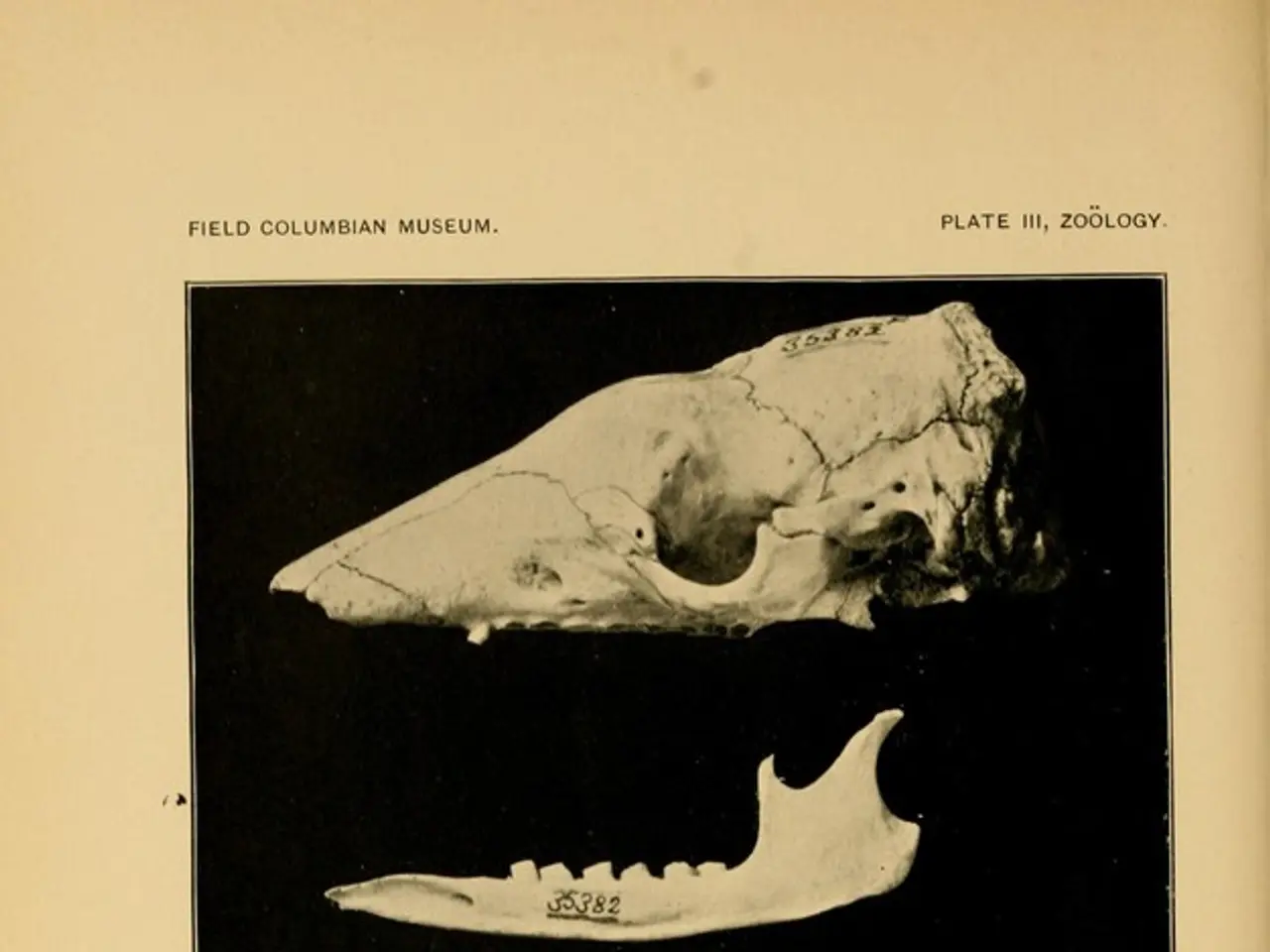Fragility fractures related to osteoporosis: Identifying factors, hazards, and remedies
Osteoporotic fractures are a serious concern, particularly among the elderly, as they can occur from falls or even minor stresses that would not normally result in a fracture. These fractures are often the result of osteoporosis, a condition characterised by reduced bone mineral density and bone quality.
Risk factors for osteoporotic fractures include both non-modifiable and modifiable factors. Non-modifiable risk factors include age, gender, ethnicity, family history, and body size. Age significantly increases the risk after 50 due to long-term bone density loss and hormonal changes. Women, particularly postmenopausal women, have a higher risk due to lower peak bone mass and estrogen deficiency. White and Asian populations, as well as individuals with a family history of osteoporosis or fractures, are also at greater risk.
Modifiable risk factors include hormonal levels, poor nutrition, medications, lifestyle, chronic diseases, and smoking. Low estrogen or testosterone levels can lead to bone loss, while hormonal therapies may help. Inadequate intake of calcium and vitamin D, eating disorders, and malnutrition contribute to weak bones. Long-term corticosteroid use and certain other medications negatively impact bone health. Smoking, excessive alcohol use, physical inactivity, and risk of falls increase fracture risk. Chronic conditions like thyroid disorders, diabetes, malabsorption syndromes, and others have negative effects on bone strength.
Treatments for osteoporotic fractures and osteoporosis focus on medications, nutritional supplementation, physical activity, fall prevention, and fracture treatment. Medications such as bisphosphonates, hormone replacement therapy, selective estrogen receptor modulators, and newer agents are used to increase bone density. Adequate calcium and vitamin D intake is essential to support bone health. Weight-bearing and muscle-strengthening exercises like walking, stair climbing, and resistance training improve bone density and reduce fall risk. Fall prevention involves assessing and modifying the home environment, balance training, vision correction, and medication adjustments to prevent falls. Surgical repair or conservative management depends on the fracture's severity.
Prevention methods emphasise addressing modifiable risk factors. Maintaining a balanced diet rich in calcium and vitamin D, engaging regularly in weight-bearing and muscle-strengthening exercises, avoiding smoking and limiting alcohol intake, managing chronic conditions and medication side effects, and implementing fall-prevention strategies, especially in the elderly, are crucial.
In conclusion, preventing osteoporotic fractures requires a comprehensive approach targeting bone health improvement, lifestyle modifications, and fall risk reduction. Early identification of at-risk individuals through family and medical history allows timely intervention to reduce fracture incidence. Post-fracture rehabilitation and physiotherapy may be necessary to help regain the function of the broken bone.






